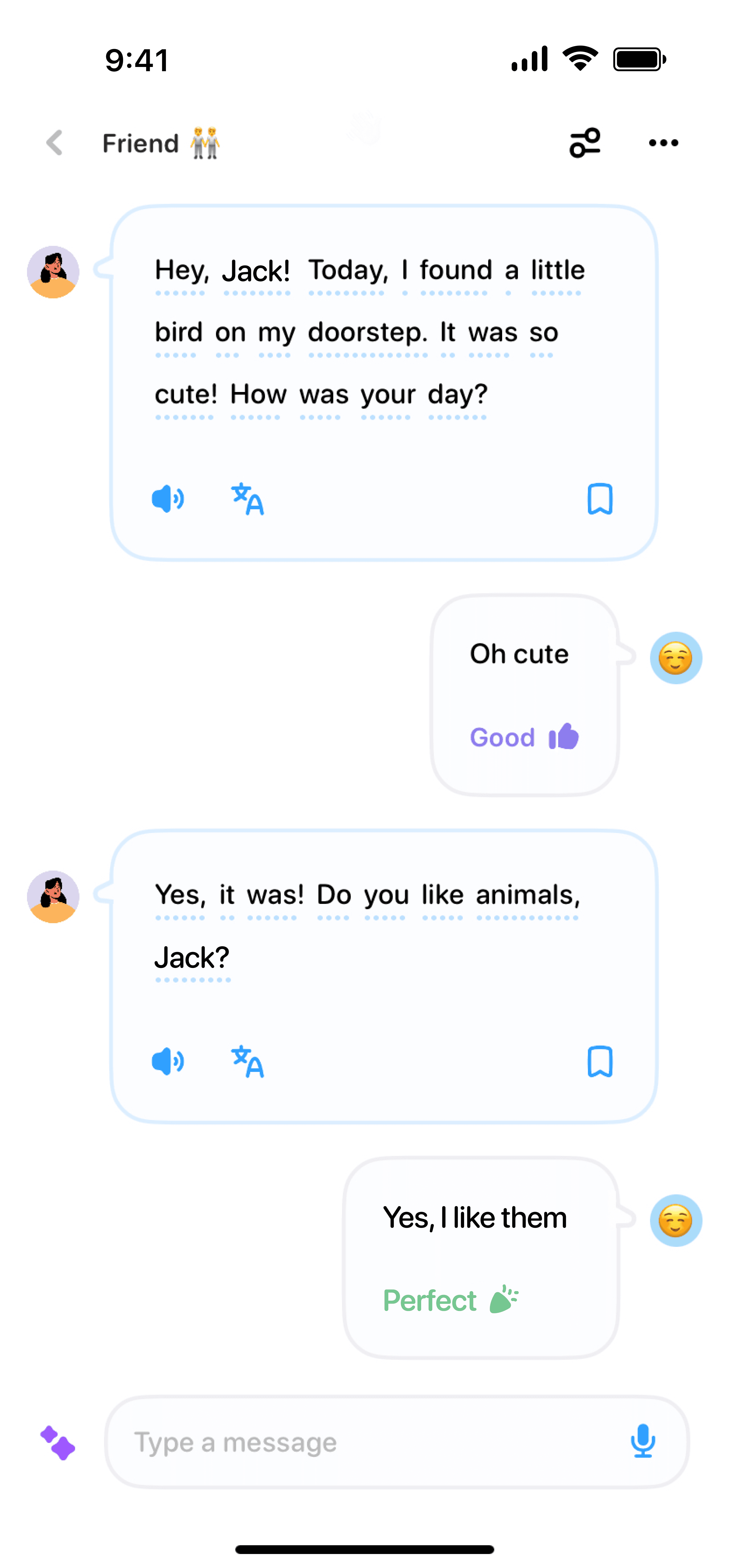04/18/2024
·
Emma Robbie
Are you starting your journey to learn English? One of the first steps is to master the English alphabet. Understanding the ABCs lays the foundation for reading, writing, and speaking in English. It might seem challenging at first, but with the right approach, you can discover the English alphabet easily. Let's dive into some effective techniques for learning the English alphabet, especially for beginners.
The Basics: Understanding the English Alphabet
The English alphabet consists of 26 letters. These letters are divided into uppercase (capital letters) and lowercase (small letters). Here’s the list:
Uppercase: A, B, C, D, E, F, G, H, I, J, K, L, M, N, O, P, Q, R, S, T, U, V, W, X, Y, Z
Lowercase: a, b, c, d, e, f, g, h, i, j, k, l, m, n, o, p, q, r, s, t, u, v, w, x, y, z
Visual Learning: Use Alphabet Charts and Flashcards
One of the most effective ways to learn the English alphabet for beginners is through visual aids. Alphabet charts and flashcards are invaluable tools. Display a colorful alphabet chart in a place where you can see it every day—like your bedroom or study area. Flashcards can help you reinforce your memory as they allow you to practice letter recognition and sounds.
Phonetic Fun: Learn the Sounds
The English alphabet is not just about recognizing letters; it’s also crucial to learn their sounds. Phonetics can be particularly fun. Use online resources, videos, or mobile apps that play the sounds each letter makes. Singing the alphabet song is a classic and enjoyable way to get familiar with both the letters and their sequence.
Interactive Learning: Alphabet Games and Apps
Turning to technology can make your learning journey exciting. There are several educational apps and games designed to teach the alphabet. These interactive tools often include colorful animations, engaging activities, and rewards that keep you motivated and make learning more enjoyable.
Practical Practice: Write and Read Daily
Writing out the alphabet can enhance your memory and understanding. Start by tracing the letters, then try writing them freely. Combine this with reading simple books and identifying different letters within the text. Children’s books are particularly good because they often repeat letters and words.
Sing Along: The ABC Song
Singing can be a powerful tool for memorization. The "ABC Song" is a timeless classic that can help you remember the sequence of letters. You can find different versions of it on YouTube or in educational apps. Sing along as often as you can—you might even find yourself humming it throughout the day!
Engaging Activities: Use Everyday Objects
Learning can extend beyond books and screens. Use everyday objects around you to practice the alphabet. Label items in your home or create a scavenger hunt where you find objects that start with each letter. This makes the learning process more dynamic and helps you connect letters to real-world contexts.
Conclusion: Keep It Fun and Consistent
Learning the English alphabet is a crucial first step for beginners. By using a combination of visual aids, phonetic fun, interactive games, and practical activities, you can make this process enjoyable and effective. Remember to stay consistent and keep practicing daily. Soon, you’ll find that you’re not just recognizing the alphabet but using it confidently in reading and writing.
Happy learning, and don't forget to have fun along the way!



